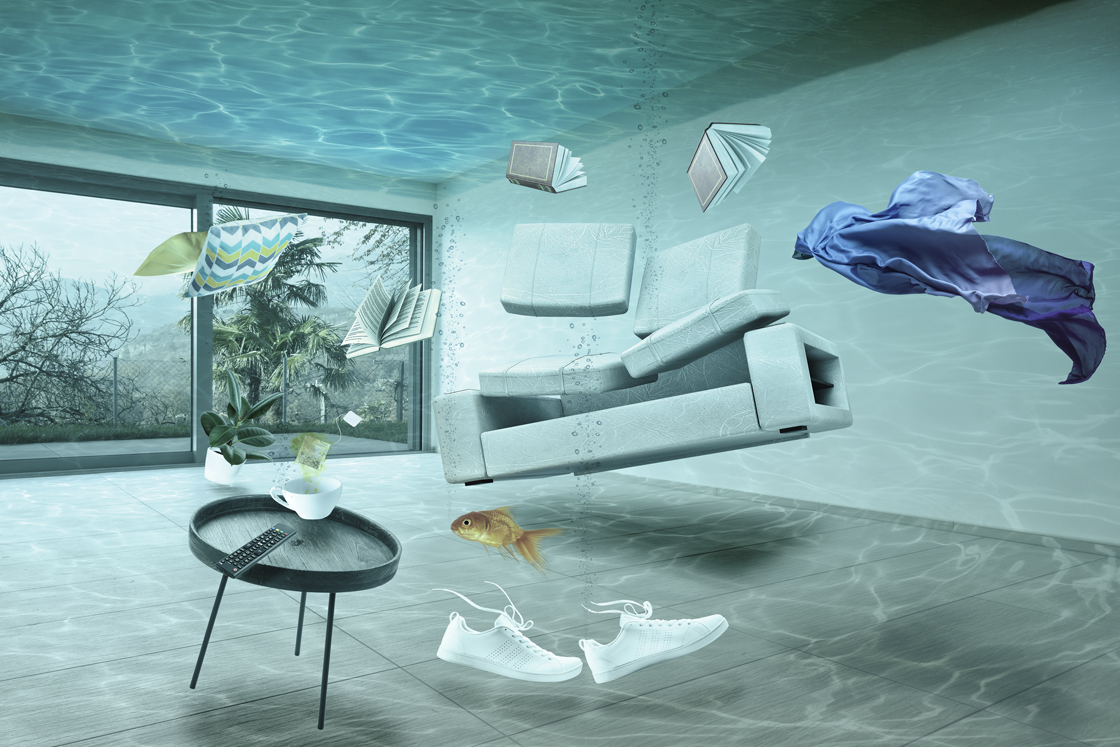The content following next in relation to Detecting hidden plumbing leaks is without a doubt remarkable. You should give it a look.

Early detection of leaking water lines can minimize a possible catastrophe. Some tiny water leakages might not be noticeable.
1. Check Out the Water Meter
Every home has a water meter. Examining it is a surefire way that aids you discover leaks. For starters, turn off all the water resources. Ensure nobody will purge, utilize the faucet, shower, run the cleaning machine or dishwasher. From there, go to the meter as well as watch if it will transform. Considering that no person is using it, there must be no movements. If it moves, that indicates a fast-moving leak. If you find no changes, wait a hr or two and also examine back again. This implies you may have a slow leak that might even be underground.
2. Inspect Water Intake
If you spot abrupt modifications, regardless of your usage being the exact same, it implies that you have leakages in your plumbing system. A sudden spike in your costs indicates a fast-moving leakage.
A constant boost every month, also with the exact same behaviors, shows you have a slow leakage that's additionally gradually intensifying. Call a plumber to extensively inspect your home, specifically if you really feel a cozy location on your flooring with piping below.
3. Do a Food Coloring Examination
When it comes to water intake, 30% comes from toilets. If the color somehow infiltrates your bowl throughout that time without flushing, there's a leakage between the container as well as bowl.
4. Asses Exterior Lines
Do not fail to remember to check your outdoor water lines as well. Test faucets by attaching a garden pipe. Must water leak out of the connection, you have a loose rubber gasket. Change this as well as make sure all connections are limited. If you've got a sprinkler system, it will help get it professionally checked out and also kept annually. One small leakage can lose lots of water as well as surge your water expense.
5. Examine the scenario as well as inspect
House owners must make it a habit to examine under the sink counters as well as even inside cabinets for any kind of bad odor or mold and mildew development. These 2 red flags suggest a leak so prompt interest is called for. Doing regular assessments, also bi-annually, can save you from a major problem.
Much more importantly, if you recognize your home is currently old, keep a watchful eye on your heaters, tubes, pipelines etc. Check for discolorations and deteriorating as most devices and also pipes have a life expectancy. They will additionally naturally wear away as a result of tear and use. Do not wait for it to rise if you believe leaking water lines in your plumbing system. Call a specialist plumber today so you don't end up with a terrible mess in your house.
Early detection of leaking water lines can minimize a possible catastrophe. Some tiny water leakages may not be visible. Inspecting it is a surefire method that aids you find leakages. One little leak can lose bunches of water and surge your water costs.
If you presume dripping water lines in your plumbing system, do not wait for it to rise.
WARNING SIGNS OF WATER LEAKAGE BEHIND THE WALL
PERSISTENT MUSTY ODORS
As water slowly drips from a leaky pipe inside the wall, flooring and sheetrock stay damp and develop an odor similar to wet cardboard. It generates a musty smell that can help you find hidden leaks.
MOLD IN UNUSUAL AREAS
Mold usually grows in wet areas like kitchens, baths and laundry rooms. If you spot the stuff on walls or baseboards in other rooms of the house, it’s a good indicator of undetected water leaks.
STAINS THAT GROW
When mold thrives around a leaky pipe, it sometimes takes hold on the inside surface of the affected wall. A growing stain on otherwise clean sheetrock is often your sign of a hidden plumbing problem.
PEELING OR BUBBLING WALLPAPER / PAINT
This clue is easy to miss in rooms that don’t get much use. When you see wallpaper separating along seams or paint bubbling or flaking off the wall, blame sheetrock that stays wet because of an undetected leak.
BUCKLED CEILINGS AND STAINED FLOORS
If ceilings or floors in bathrooms, kitchens or laundry areas develop structural problems, don’t rule out constant damp inside the walls. Wet sheetrock can affect adjacent framing, flooring and ceilings.
https://www.servicemasterbyzaba.com/blog/how-to-detect-water-leakage-in-walls/

As an avid reader about Top leak detection hacks, I imagined sharing that piece of content was a smart idea. Those who enjoyed our blog post please do not forget to pass it around. Thank you so much for taking the time to read it.